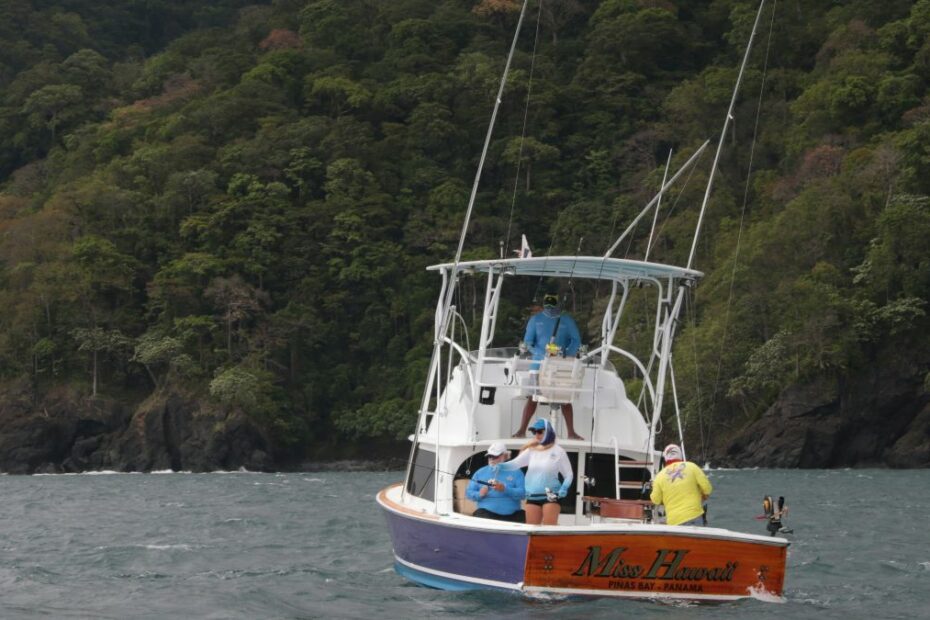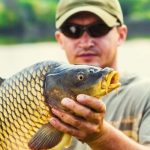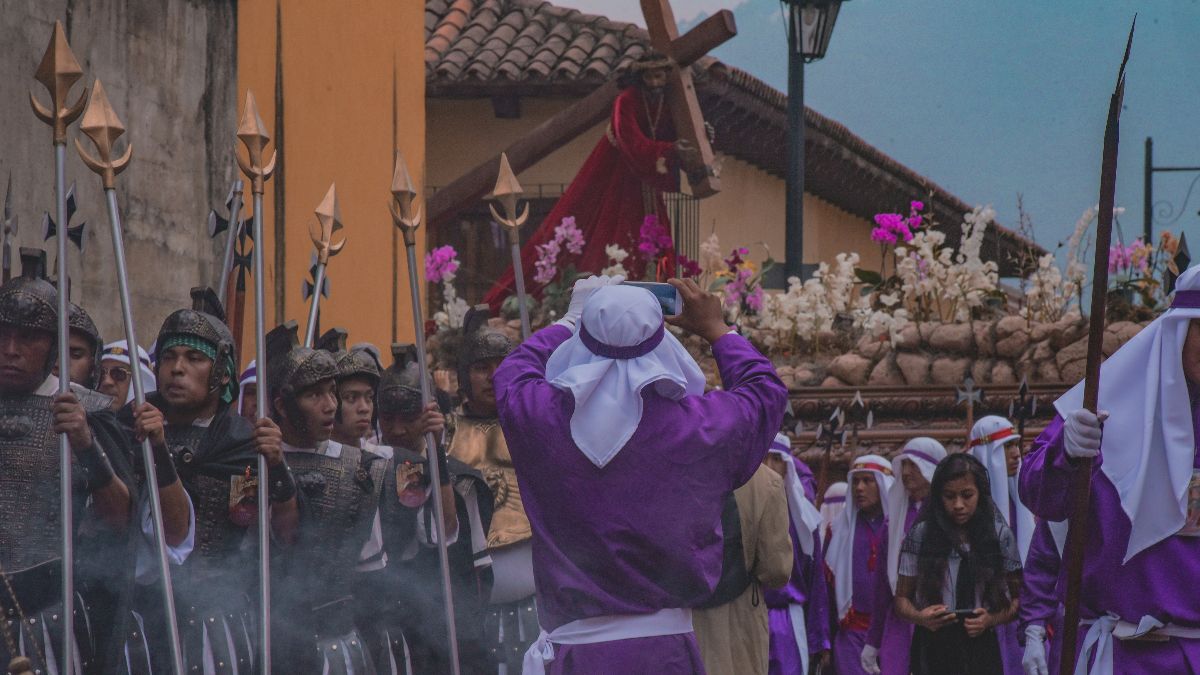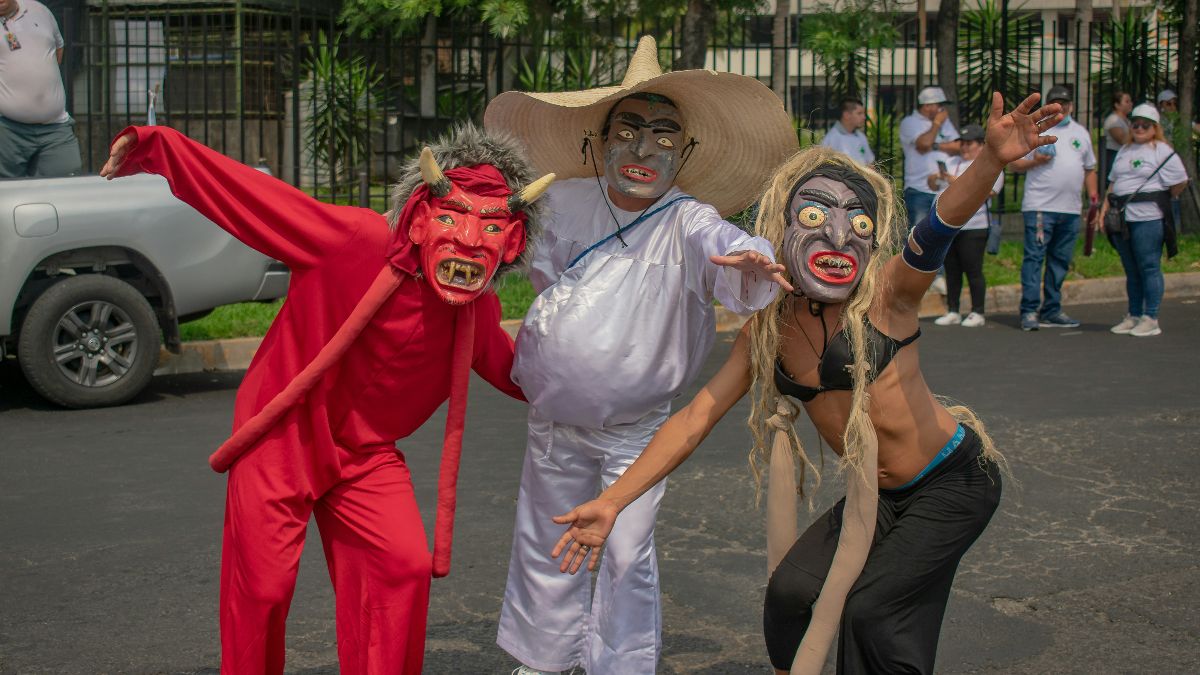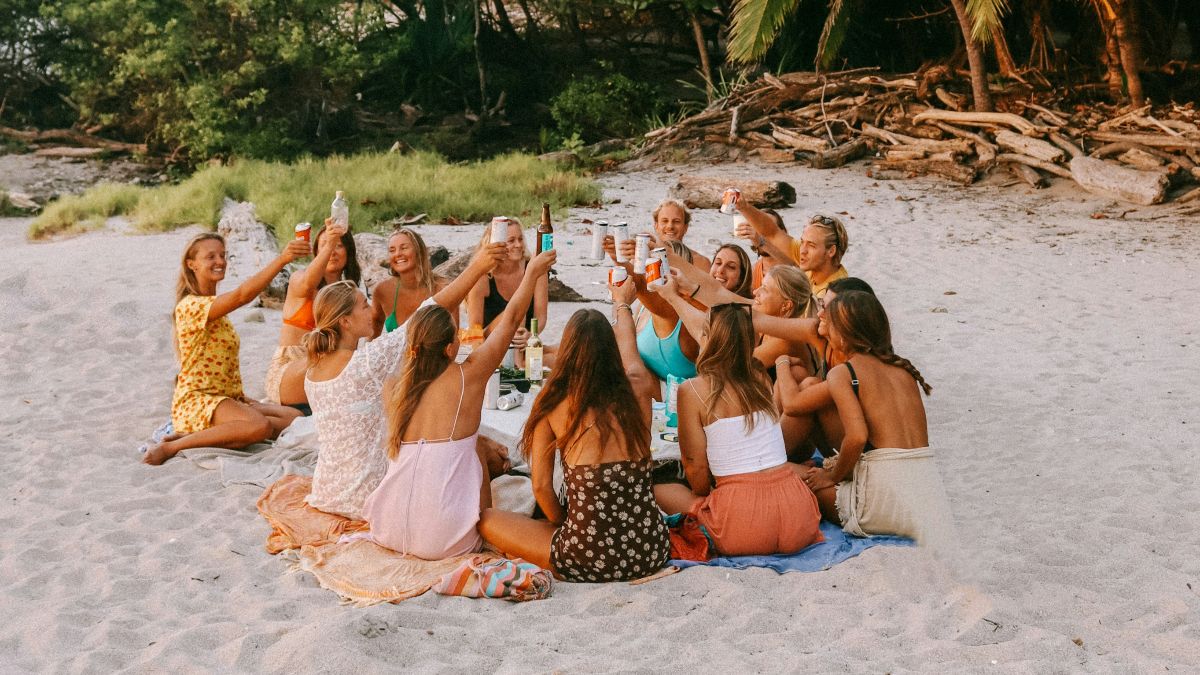Fishing blogger Kenneth Reaves explains why the Pacific coast of Panama is the perfect destination for anglers of all abilities. In this article he covers where to go, where to stay, and more importantly, what to catch and how. Welcome to our guide to fishing in Panama!
If you’re a serious angler, you haven’t lived until you’ve fished in Panama. You haven’t even really fished until you’ve fished in Panama (or at least you might feel that way). The waters off this tropical country, particularly the Pacific Ocean, hold an array of trophy fish that every angler dreams of reeling in.
Whether you’re fishing in the Panama Canal or in the open ocean, there’s a chance of fighting it out with monsters that would make the catch of a lifetime. After all, the word Panama itself literally means “an abundance of fish, trees, and butterflies” and there’s plenty of evidence to suggest that’s true. With some 1,550 miles of coastline, over 1,000 islands, and some of the biggest trophy catches in the world, Panama more than lives up to its name.
If you’re going to be in Panama, you can’t miss a chance to get out on the water with a rod and reel.
Did you know the Panama Canal is one of the best spots in the world for rainbow bass? Anglers everywhere should put a Panama Canal fishing trip high up on their bucket list in 2023.https://t.co/Q7NoidYPfz
— Central America Living (@VidaAmerica) January 7, 2023
Pacific Coast Panama Fishing: Where To Go
In this article, we’ll focus on two main fishing locations on Panama’s Pacific coast.The Gulf of Chiriquí in western Panama, near Costa Rica, has a reputation for superb game fishing. Two specific spots stand out here, Hannibal Bank and Isla Montuosa, both about 50 miles offshore. It’s best to go with a charter boat, as they know the exact locations.
Hannibal Bank has a reputation of producing record-breaking fish, and August and September are the best times of year. This is when the “Hannibal Current” lifts the usually deep-set plankton closer to the surface, attracting all the big guns.
If you’re targeting marlin, Piñas Bay in the Darien is worth a visit. It’s one of the top marlin fishing spots on the planet, with over 300 IGFA records broken in its waters.
View this post on Instagram
What Fish Can I Find in Panama?
Panama is famous for trophy fish. It’s home to some huge fish species that would be an angler’s dream catch:
Cubera Snapper
For anglers looking for a challenge, the cubera snapper is a must. To bag yourself one of these, head out to Hannibal Bank or Isla Montuosa in the Gulf of Chiriqui. These fish will put up a tough fight, as they’ll take your bait and head for any rocks around them.
Cubera snappers can grow up to 100 pounds. When you have one on the hook, you’ll see your rod and line stretch, and they’ll stretch everything else, including your arms, while you’re trying to reel it in.
Thankfully, they don’t put up a fight for too long. But even experienced anglers would have to be quick to try and turn a cubera snapper before it makes it to the rocks. To catch one of these trophy fish, use whole live bait, cut bait or jigs.
The most popular bait for cubera snappers is live lobsters. You’d have to check the regulations first, as there could be a size limit for the lobster bait. Another common choice is shrimp or squid.
Don’t try to use a light tackle when fishing for these monsters. It’s best to use a braided line of at least 80 pounds, with a fluorocarbon leader which should also be at least 80 pounds. Big metal jigs will work wonders right off of the bottom and you could also have success with iron jigs.
Almaco Jack
The almaco jack is a strong fighting fish with stamina. If you find one on your line, you’ll have your fishing skills and your body put to the test. January, March, and April are the best months for these fish on Panama’s Pacific coast.
You’ll find almaco jacks in deep water near rocky structures or an exposed reef. Try bottom bouncing, jigging, or drift fishing with live bait to get their attention. You could also try luring them with large knife jigs, but once you’ve got one on the hook, you’ll need to fight them with a tight drag. They’ll grab the bait and head straight for the rocks, where they can break your line. Expect a challenging fight and you’ll feel their strength when they pull.
Marlin
Anglers from all over the world always hope to catch a marlin. Hannibal Bank is excellent for marlin, and also Piñas Bay in Darien Province. Marlin can be caught year-round in Panama, but November, December, January, and February are the best months.
These fish are difficult to catch, as they can destroy, tackle, or free themselves in seconds after they’ve taken the bait. The fight begins the minute the marlin is on the line, and they can display astounding aerial gymnastics when hooked. There’s no rest when reeling a marlin in, and anglers will experience the power and speed of the fish as it fights to free itself. To catch a 500 to 1,000-pound marlin, use live bait like small yellowfin tuna, bonitos or skipjacks.
Anglers can still catch marlin using artificial lures and dead baits to attract their attention while slow trolling. Use a short, strong rod that’s rated for 80 pounds. Spool your reel with monofilament line, and make sure your knots are flawless.
Yellowfin Tuna
You need patience to hook a yellowfin tuna, as they spend most of their time in deep waters. They’re fast and always on the move, which can sometimes leave anglers feeling like they’re chasing their tails.
But they’re worth the wait. Yellowfin have significant stamina and strength. Be prepared for them to make long runs, turn their bodies sideways and swim in a figure-of-eight, and dive deep to put you through your paces.
A yellowfin can weigh up 400 pounds so anglers may want to use a 100-pound braided line to hook one. They also have excellent eyesight, so you look at using gear to reduce visibility, like a fluorocarbon leader. Baitfish will work well to hook a yellowfin, or you can use poppers, stick bait or any other type of topwater lure. If you need to fish deep, then any type of metallic metal jig should attract the attention of the yellowfin tuna.
Rooster Fish
Anglers will find roosters in rocky shorelines, by nearshore reefs and in sandy bays. When you target this fish, you’re going to have to be creative and try different techniques, as they’re not easy to fool. But when you do have a rooster hooked, get ready for long and fast runs in every direction. One relief is the knowledge that these fish won’t try to dive for cover in the rocks when hooked.
Rooster fish find live bait irresistible, and anglers should use bonitos, blue runners, or mullets to lure them. Live bait will attract monster roosters, while artificial bait like stick baits and poppers will attract the smaller ones.
Where To Stay When Fishing in Panama
Gulf of Chiriqui
Anglers looking for somewhere to stay while fishing in the Gulf of Chiriquí will find the Panama Nautical Club a great choice. If you’re here with the family, there’s plenty for them to do if they aren’t joining you catching trophies. Hiking, horseback riding, scuba diving, and paddle boarding are all available. For the less energetic, hanging out on the beach is a must.
Those looking for true jungle-style accommodation will find the Sport Fish Panama Island Lodge on Isla Parida unrivaled in its beauty. You’ll have everything you need at your fingertips, including a superb charter team and world-class equipment.
Another option around here is the beautiful Isla Palenque, a 400-acre private island with eight casitas and seven beaches. Privacy and barefoot luxury doesn’t come better than here, and there are also plenty of shore fishing opportunities, too.
Hannibal Lodge is the closest accommodation to Hannibal Bank, and is more rustic than the Nautical Club. They have a private beach and amazing views. The lodge is more geared towards fishermen, so it’s perfect for solo travelers who want to spend sometime on the bank.
View this post on Instagram
Darien Province
If you’re fishing for marlin down in Piñas Bay, there’s no better place to stay than Tropic Star Lodge. All those IFGA records we mentioned earlier? They were all broken here, at this outstanding fishing lodge.
View this post on Instagram
What Are You Waiting For?
Fishing off Panama’s Pacific coast is an exciting, adrenaline-pumping experience, just waiting for the catch of your wildest dreams to take your bait. If catching a trophy fish is on your bucket list, then Panama is the place to be in 2024!
Kenneth Reaves has been a professional angler and fishing writer for over two decades. He shares his knowledge and passion for the sport of fishing at his Perfect Captain fishing blog.
